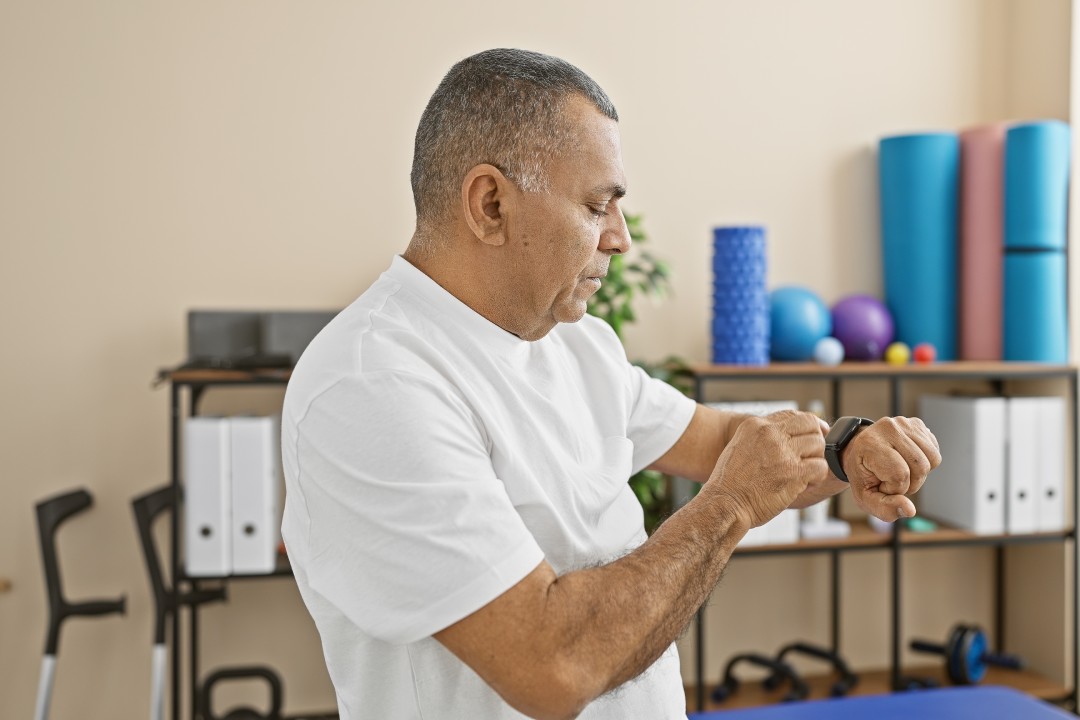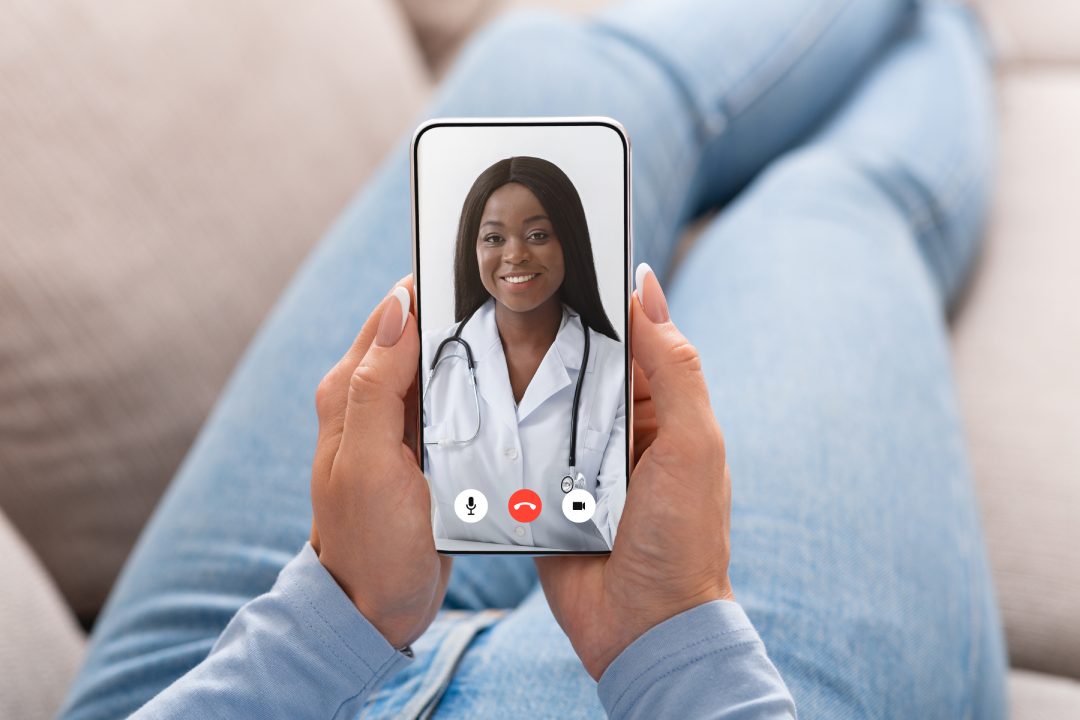
As healthcare continues to embrace the benefits of technology, patients have the option of connecting virtually with their providers for everything from telemedicine visits to questions about their symptoms or medication. One area that steadfastly remained an in-person experience, however, was physical therapy. Today, that is changing. Technological advancements have recently allowed virtual physical therapy to emerge as an innovative way to bring rehabilitation to patients anywhere they happen to be.
Evolving Trends in Telehealth and Rehabilitation
Telehealth was an option before 2020, but the onset of the COVID-19 pandemic accelerated its adoption. The ability to remotely access medical services, particularly when in-person visits were restricted or hard to get, was a valuable resource for patients who may otherwise have had to deal with health problems on their own.
Within the realm of telemedicine, virtual physical therapy stands out. This specialized form of telehealth focuses on delivering PT sessions via video conferencing, using mobile apps, and in other virtual ways. While physical therapy has traditionally been a very hands-on experience, remote PT sessions offer patients more flexibility in scheduling and greater convenience, without compromising on the quality of the treatment they receive.
When it comes to trends in the field of telehealth and rehabilitation, here are some of the evolving features that patients can expect:
- Access through all types of mobile devices, including smartphones and tablets
- Integration of wearable devices
- Implementation of AI in specific areas of the appointment
- Introduction of new exercises

Accessible and Convenient Rehabilitation Services
Virtual physical therapy offers one huge advantage over traditional, in-person appointments: Accessibility. Patients living in rural areas, or patients who struggle to find transportation to their appointments, no longer have to travel long distances or miss hours of work in order to get the PT they need. Instead, they can connect with their physical therapist from home, on a schedule that works for them. As a result, virtual PT makes it easier for more patients to access care, improving patient compliance and outcomes.
Utilizing Technology for Personalized Physical Therapy Plans
Effective physical therapy is tailored to each patient’s unique needs. Virtual physical therapy can contribute to personalization and customized treatment plans by allowing the PT to use technology to assess the patient’s specific needs. For example, wearable devices, digital monitoring tools, and other remote assessments provide detailed information about a patient’s physical condition, activity goals, and current abilities.
The physical therapist can then use this information to create targeted interventions that leverage both technology and the therapist’s knowledge of the patient to address their needs and goals. As a result, virtual physical therapy can optimize outcomes for patients, helping them to achieve the physical health and strength required to pursue the life they love and desire.
Overcoming Barriers to Traditional Rehabilitation
Traditional physical therapy can be challenging for some patients to access, due to the existence of certain barriers. For example, in traditional physical therapy, patients must get transportation to a specific geographic location. They must adhere to a specific schedule. And they must take a specific amount of time out of their day, and away from their other obligations. For patients who cannot drive, have limited access to public transportation, live far away from the PT office, have inflexible or busy schedules, etc., traditional physical therapy may be difficult to access. And that can mean that some patients are not getting the care they need in order to heal.
Virtual physical therapy helps patients and providers overcome these barriers by offering a flexible, convenient schedule separate from a specific geographic location and the need for transportation. Patients can simply access PT from their homes, on their schedules, encouraging them to receive continuous care without disruptions.
Integration of Virtual PT and Wearable Devices
One of the biggest hurdles to virtual physical therapy is making sure that the patient completes their exercises and treatment plan in the correct way. However, when integrated with wearable devices, the therapist can virtually monitor the patient’s movements and progress. These wearable devices, such as motion sensors and activity trackers, can enable the therapist to guide the patient into the correct completion of their treatment and help them to make data-driven decisions about how the care plan is benefiting (or not benefiting) their patient.

Remote Monitoring and Progress Tracking
Similarly, remote monitoring has a crucial role to play in virtual PT. This approach enables therapists to see how patients progress with their treatment plan and allows the therapist to offer specific, timely, and effective feedback for any problems they observe. Digital platforms, communication tools, and more allow therapists to see how patients adhere to their exercise routines, see how their movement responds to treatment over time, and intervene promptly if there is a problem that needs to be addressed. As a result, remote monitoring and progress tracking enable therapists to offer a hands-on experience even though they are communicating with their patients at a distance.
Enhanced Patient Engagement and Adherence
The goal of any healthcare technology is to enhance the patient’s ability to engage with their care and adhere to their treatment plan because that is how healing happens and potential problems are avoided. Virtual physical therapy helps by empowering patients to actively participate in their recovery through the removal of obstacles such as transportation and rigid schedules. When patients can access PT from home, on their schedule, they are more likely to schedule and attend their PT sessions, follow through with exercises, and stay committed to their recovery goals.
Time and Cost-Efficiency in Virtual Physical Therapy
Patients and providers both want the same thing: Effective treatments that are both time and cost-effective. Beyond improving patient outcomes, virtual physical therapy makes it easy for patients to spend less time on their rehabilitation, and less money, without compromising on the results of their treatment. Simply by eliminating drive time to and from the office, patients experience more freedom in their schedules, while platforms like SmartCar360 offer treatment for just the cost of their copay.
Shaping a Future Where Healthcare Meets Innovation
SmartCare360 is the next step in the merging of healthcare and innovation. This revolutionary platform puts care at your fingertips – Remotely and completely. Access customized, disease-specific care, educational information, a full team of specialists, and the ability to schedule appointments, enjoy telemedicine, view lab reports, and send and receive messages through your patient portal. It is time to take healthcare into the future with a platform designed to offer customized, attentive, and convenient healthcare specifically for you.













